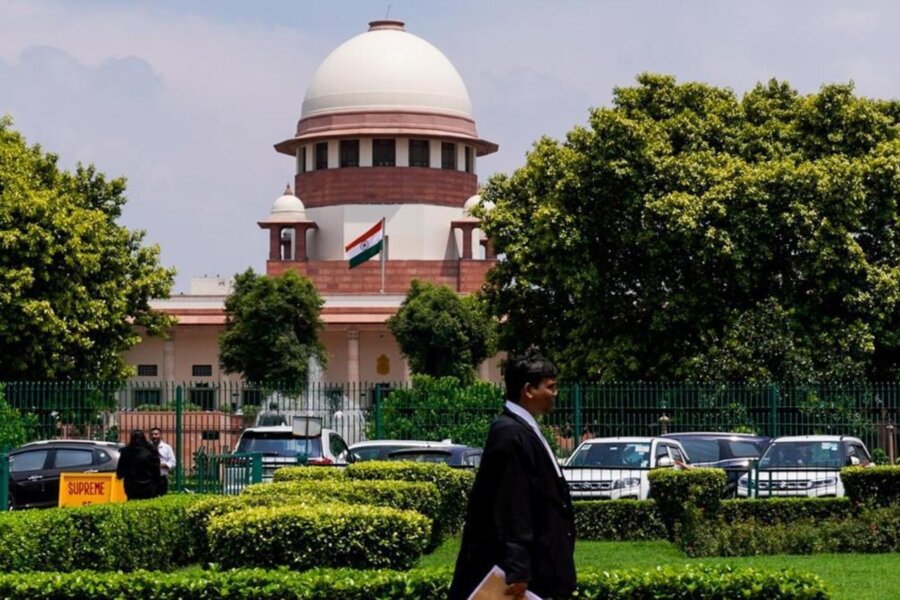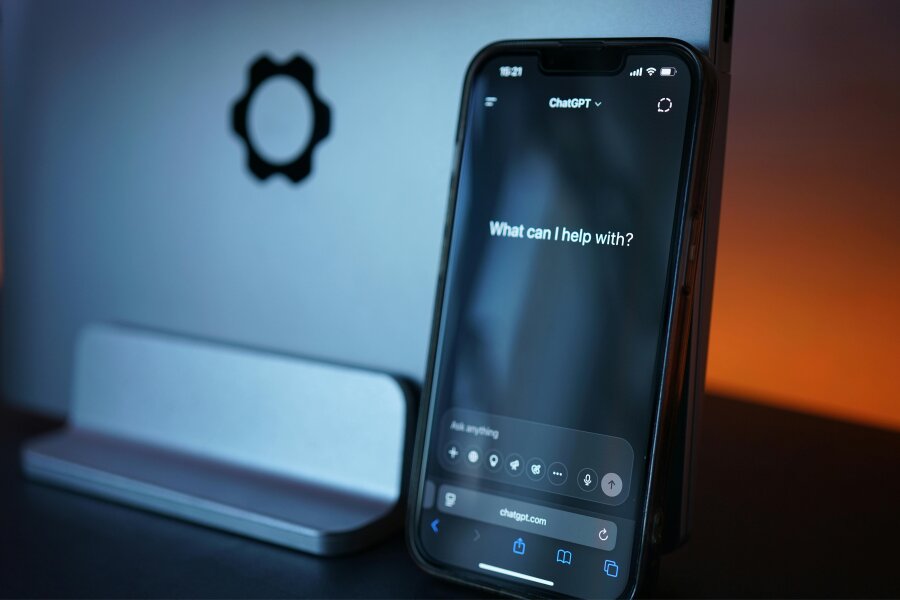Best Art & Cultural Property Law Lawyers in Mocoa
Share your needs with us, get contacted by law firms.
Free. Takes 2 min.
List of the best lawyers in Mocoa, Colombia
We haven't listed any Art & Cultural Property Law lawyers in Mocoa, Colombia yet...
But you can share your requirements with us, and we will help you find the right lawyer for your needs in Mocoa.
Find a Lawyer in MocoaAbout Art & Cultural Property Law Law in Mocoa, Colombia
Art and Cultural Property Law in Mocoa operates within Colombia's national legal framework for protecting, managing, trading, and restoring cultural heritage. It governs tangible objects like archaeological pieces, colonial and republican era art, contemporary artworks, archives, photographs, and heritage buildings, as well as intangible expressions such as traditional knowledge, rituals, and crafts. Key public authorities include the Ministry of Culture and the Colombian Institute of Anthropology and History, known as ICANH. Local offices in Mocoa and the Department of Putumayo apply these national rules on the ground.
In Colombia, archaeological heritage belongs to the Nation, and certain artworks, buildings, sites, and collections can be declared cultural assets of special interest, known as Bienes de Interés Cultural, or BIC. Export controls, prior permits for excavations and restorations, and criminal penalties for illicit traffic are central parts of the system. For residents, artists, collectors, dealers, museums, community leaders, and developers in Mocoa, understanding these rules is essential to prevent legal risks and to help safeguard the region's diverse heritage.
Why You May Need a Lawyer
People and organizations in Mocoa often seek legal help in situations such as these:
- Purchasing or selling artworks, artifacts, or collections, especially when provenance or export history is unclear.
- Handling archaeological finds discovered during construction, road works, or environmental projects, including hallazgo fortuito procedures.
- Requesting permits from ICANH for archaeological surveys, rescue excavations, or management plans.
- Planning restorations or interventions on heritage buildings, monuments, or listed sites and seeking the right authorizations.
- Preparing museum loan agreements, importation or temporary admission for exhibitions, insurance clauses, and condition reports.
- Responding to seizures by customs or police, or to criminal investigations involving suspected illicit cultural goods.
- Advising indigenous and local communities on protecting sacred objects, traditional knowledge, and cultural expressions, and carrying out prior consultation when required.
- Drafting contracts for artists, galleries, and institutions, and addressing copyright, moral rights, and image rights issues.
- Managing repatriation or restitution claims and negotiating out of court solutions with foreign institutions or private parties.
- Navigating tax and customs implications of donations, acquisitions, and cross border loans of cultural goods.
Local Laws Overview
- Constitutional protection: The Constitution recognizes cultural heritage as a protected public interest. Archaeological heritage belongs to the Nation and is inalienable, imprescriptible, and immune from seizure. This means private ownership of archaeological objects is not allowed, and good faith purchase does not transfer title.
- Cultural framework laws: The General Culture Law and its amendments set the structure for declaring, managing, and protecting cultural heritage, including BIC at the national and local levels. A comprehensive regulatory decree compiles sector regulations, including procedures for declarations, interventions, inventories, and sanctions.
- ICANH and archaeology: ICANH regulates archaeological heritage. Activities such as surveys, rescue excavations, and research require prior permits and qualified professionals. Projects with potential archaeological impact must implement a Plan de Manejo Arqueológico and follow chance find protocols during works.
- BIC designations and interventions: The Ministry of Culture and local authorities can declare assets as BIC. Any intervention, restoration, or change of use that affects a BIC requires authorization and must be led by qualified experts. Mocoa and Putumayo authorities may declare and manage BIC within their jurisdiction.
- Export and import controls: Permanent export of cultural goods requires evaluation and authorization by cultural authorities and customs processing by DIAN. Archaeological objects cannot be exported. Temporary admission for exhibitions is possible under customs rules with guarantees and re export obligations.
- Criminal and administrative sanctions: The Penal Code sanctions illicit trafficking, theft, concealment, damage, smuggling, and unlawful export of cultural goods. Administrative measures can include fines, seizure, and nullity of unlawful authorizations. Penalties can increase when offenses involve BIC or archaeological heritage.
- Indigenous and community rights: Colombian law recognizes collective cultural rights and prior consultation for measures or projects that may affect indigenous cultural heritage. In Putumayo, coordination with indigenous authorities and community protocols is often essential for the handling of sacred objects, sites, and traditional practices.
- Intangible cultural heritage: Intangible expressions can be included in official inventories and managed through safeguarding plans. This affects event licensing, documentation, and use by third parties, and often involves consent and benefit sharing with communities.
- Environmental and infrastructure projects: Environmental licensing must be harmonized with cultural heritage obligations. In practice, project timelines in Mocoa should account for archaeological screenings, permits, and any required mitigation or safeguarding measures.
Frequently Asked Questions
What counts as cultural property in Colombia?
Cultural property includes movable and immovable heritage with historical, artistic, scientific, symbolic, or social value. This covers archaeological objects, artworks, archives, photographs, musical instruments, ritual objects, historic buildings, and sites. Assets may be declared BIC, which triggers special rules. Archaeological heritage is public property of the Nation from the moment of its creation or deposit in the ground.
Can I export or sell a pre Columbian object I found or inherited?
No. Archaeological objects belong to the Nation, cannot be privately owned, and cannot be exported or sold. If you possess such items, consult ICANH or local cultural authorities to regularize custody. In some cases, items may be deposited with museums under a custodial agreement, but not transferred to private ownership.
How can I check if an artwork or building is a BIC?
Request verification from the Ministry of Culture or the local Secretaría de Cultura in Mocoa or Putumayo. They keep inventories and records of assets declared as BIC at national or local levels. A formal certification will confirm status and indicate any restrictions on interventions, transfers, or export.
What should I do if I find artifacts during construction in Mocoa?
Stop work immediately, secure the area, and notify ICANH and the local cultural office. Follow the hallazgo fortuito protocol and do not move or handle the items. Authorities will guide next steps, which can include emergency rescue archaeology, adjustments to the project, and a management plan.
Do I need a permit to conduct archaeological research or surveys?
Yes. ICANH issues permits for archaeological surveys, test pits, rescue excavations, and research. Applications must be submitted by qualified professionals and include methodologies, conservation measures, and final reporting obligations. Unauthorized activities can lead to seizure of materials and criminal charges.
Who authorizes export of artworks that are not archaeological?
The Ministry of Culture evaluates whether a piece may be exported on a permanent or temporary basis. If authorized, DIAN handles customs processing. You must keep the authorization with the artwork, since customs authorities and law enforcement may require proof at any time.
What are the penalties for illicit trafficking of cultural goods?
Penalties can include imprisonment, fines, confiscation, and administrative sanctions. Offenses include unlawful excavation, concealment, damage, smuggling, and export without authorization. Penalties are more severe for archaeological goods and BIC. Items are subject to seizure and return to the State or rightful owner.
How can galleries and buyers in Mocoa do provenance due diligence?
Request a documented ownership history, copies of prior import or export permits, seller identification, invoices, and expert reports. Verify whether the item is a BIC, check if it appears on stolen or missing property alerts, and consult local cultural authorities or counsel before committing. Avoid cash purchases and vague origin stories.
Are there special rules for cultural items from indigenous communities?
Yes. Sacred objects, traditional knowledge, and cultural expressions are protected. Consent from the community and adherence to internal protocols may be required for documentation, display, or transfer. Projects that may affect cultural heritage can trigger prior consultation with indigenous authorities in the area.
Can a museum in Mocoa borrow works from abroad for an exhibition?
Yes, with proper planning. Key steps include a detailed loan agreement, temporary import or admission under customs rules, insurance and indemnity terms, packing and transport protocols, and a clear schedule for re export. Coordinate with the Ministry of Culture, DIAN, and insurers well in advance.
Additional Resources
- Ministerio de Cultura de Colombia, Dirección de Patrimonio Cultural.
- Instituto Colombiano de Antropología e Historia ICANH.
- Secretaría de Cultura de Mocoa.
- Secretaría de Cultura del Departamento del Putumayo.
- Dirección de Impuestos y Aduanas Nacionales DIAN, áreas de comercio exterior.
- Fiscalía General de la Nación, unidades especializadas en patrimonio cultural.
- Policía Fiscal y Aduanera POLFA.
- Museos y casas de la cultura en Mocoa y Putumayo, para asesoría sobre custodia y depósitos.
- Defensoría del Pueblo y personerías municipales, para orientación ciudadana.
Next Steps
- Do not move or alter any suspected archaeological items or BIC without guidance. Preserve the status quo until authorities advise.
- Gather documents: photos, bills of sale, appraisals, correspondence, and any customs or prior export paperwork. Keep originals safe and share copies with your lawyer.
- Identify the issue: purchase or sale, export, excavation, restoration, seizure, exhibition loan, or community protocol. The path and timelines differ for each.
- Contact the relevant authority early: ICANH for archaeology, Ministry of Culture or local Secretaría de Cultura for BIC and restorations, DIAN for customs, and law enforcement if there has been a seizure or suspected crime.
- Engage a lawyer with experience in art and cultural heritage in Colombia. Ask about permits, risk assessments, timelines, and interim measures to protect your interests and comply with the law.
- If a project may affect indigenous heritage, open dialogue with indigenous authorities in Putumayo and plan for prior consultation where applicable.
- For exhibitions and loans, start months in advance to secure permits, insurance, packing, and transport. Build a compliance checklist and assign responsibilities.
- For businesses and museums, adopt written policies on acquisitions, provenance checks, chance find procedures, and emergency response. Train staff in Mocoa on these protocols.
- Reassess insurance coverage for collections and loans, including transit and exhibition risks, and ensure policies meet lender and institutional requirements.
- This guide is general information, not legal advice. For specific cases in Mocoa or elsewhere in Colombia, consult a qualified attorney who can evaluate your facts and applicable law.
Lawzana helps you find the best lawyers and law firms in Mocoa through a curated and pre-screened list of qualified legal professionals. Our platform offers rankings and detailed profiles of attorneys and law firms, allowing you to compare based on practice areas, including Art & Cultural Property Law, experience, and client feedback.
Each profile includes a description of the firm's areas of practice, client reviews, team members and partners, year of establishment, spoken languages, office locations, contact information, social media presence, and any published articles or resources. Most firms on our platform speak English and are experienced in both local and international legal matters.
Get a quote from top-rated law firms in Mocoa, Colombia — quickly, securely, and without unnecessary hassle.
Disclaimer:
The information provided on this page is for general informational purposes only and does not constitute legal advice. While we strive to ensure the accuracy and relevance of the content, legal information may change over time, and interpretations of the law can vary. You should always consult with a qualified legal professional for advice specific to your situation.
We disclaim all liability for actions taken or not taken based on the content of this page. If you believe any information is incorrect or outdated, please contact us, and we will review and update it where appropriate.







